Genes and Future Illnesses
In the past, disease was a crapshoot. Few of us knew with a high degree of certainty that a specific serious medical condition was in our future, much less when the disease would strike. This will soon change. Thanks to the artificial intelligence and machine learning revolution, most of us will become “previvors”—that is, we will know which of the 10,000 known human diseases are in our future long before we develop symptoms. Over the next decade those predictions will become both more accurate and more foresighted—increasing the time we have to effect change and seek professional help.
The impact of previvors on the medical field can already be seen in the communities of those with the BRCA1 and BRCA2 mutations and among healthy individuals carrying the HIV virus. Both of these groups coalesced into large consumer-activist organizations advocating for novel treatments and compelling regulatory agencies to speed adoption of promising drugs and interventions. Unfortunately, medicine’s ability to forecast diseases often outpaces breakthroughs for effective interventions and cures. Facilitated by social media, connected groups of previvors will band together to share peer-to-peer information—some valuable, some junk science.
As future research illuminates clear genetic connections between certain genes and illnesses, an increasing number of people will become previvors. For the first time, the FDA recently approved direct-to-consumer genetic test kits that will reveal risk markers for different diseases. As such consumer test kits become popular and increasingly accurate, the medical world should expect a flood of new patients worried about diseases they don’t yet have.
Testing for specific disease-related genes is only the beginning.
Machine learning and artificial intelligence are already making remarkable new advances in disease forecasting. Much of the data needed for advanced AI disease forecasting already exists. Researchers are harvesting petabytes of patient records and medical images. Adding to that mountain of data are the thousands of clinical trials and the tens of thousands of human genomes that have been partially or fully sequenced.
Researchers at Mount Sinai Hospital in New York recently used machine learning on a collection of 700,000 patient records and found they could outperform traditional ways of forecasting disease for a wide variety of conditions, including diabetes, schizophrenia and various cancers.
Currently half of men and two-thirds of women who die suddenly of coronary heart disease have no previous warning signs.
Using 200,000 patient records and new machine learning tools, researchers at Sutter Health in California were able to predict heart failure 9 months earlier than doctors using traditional methods.
University of California medical centers are currently using AI to harvest insights from over 13 million patient records.
CONDITION |
CURRENT DIAGNOSIS
|
KEY PREVIVORS
|
POSSIBLE PREVIVORS
|
Breast cancer |
BRCA1 and BRCA2 mutation. Breast removal. | AI algorithms will allow women to know with more certainty when or if breast removal is necessary. | Gene therapy using CRISPR will remove health threats encoded in BRCA genes and keep them from being passed to future generations. |
Parkinson’s disease |
Disease diagnosed at onset of symptoms. Family history increases likelihood. | Our interactions with touch screens will pick up early signs of the condition. | Early deep-brain stimulation— either through wearable or implantable devices—will be employed at earliest signs of the condition. |
Alzheimer’s disease |
No specific test exists to diagnose Alzheimer’s. Family history increases likelihood. Low efficacy drug treatments. | AI algorithms analyzing polygenic risks and brain imaging will predict the disease in early adulthood. | Optogenetic stimulation of interneurons through implantable devices may decrease amyloid-beta production before symptoms appear. |
Celiac disease |
A blood test and intestinal biopsy can provide a diagnosis. Dietary changes. | Sensors in toothbrushes and toilets will monitor and predict all gut-related conditions. | A sensor and drug delivery device placed into the digestive tract meters out pneumococcal vaccine for ongoing treatment. |
Type 2 diabetes |
Prediabetes blood testing can give type 2 previvors a decade to make behavior changes. | Lifestyle, diet and blood monitoring through sensors and the internet of things will provide new data for doctors and patients. | Personalized diet designed for individual genome. Constant blood and metabolism monitoring. |
Cardiovascular disease |
Diagnosis is attained through blood tests, X-rays and electrocardiograms—often after a dramatic heart event. | Implanted vascular flow bots and heart rhythm monitors warn of coming danger. | Patients check into hospitals before life-threatening cardiovascular events. |
